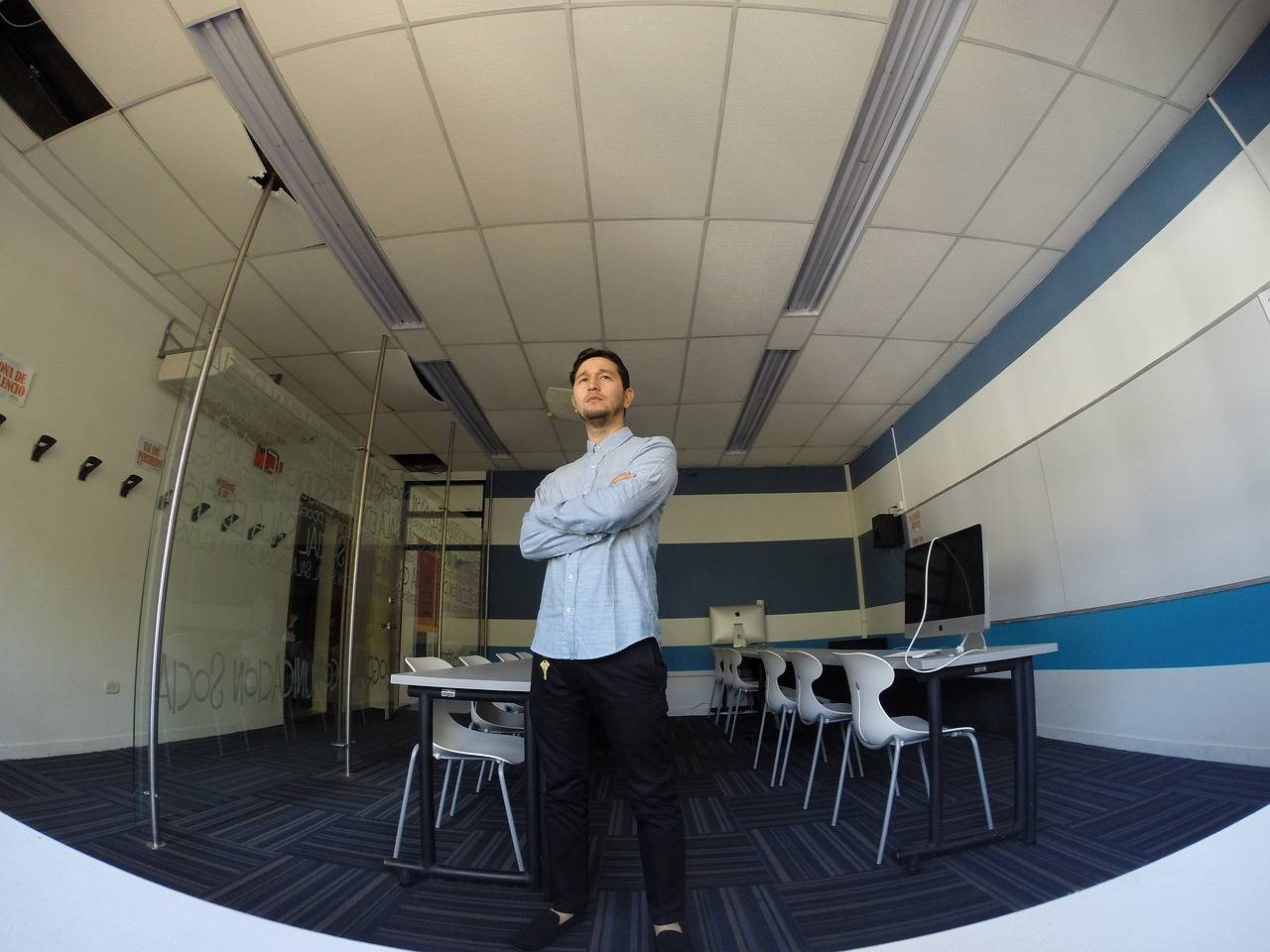Collaborative Learning and Its Benefits
Working together in a group setting offers a multitude of advantages that can enhance individuals’ learning experiences. Collaboration within a group encourages the sharing of diverse perspectives and ideas, fostering a richer and more comprehensive understanding of the subject matter at hand. When members pool their knowledge and insights, they collectively contribute to a more holistic approach to problem-solving and decision-making.
Moreover, engaging in group work cultivates essential interpersonal skills that are paramount in today’s professional landscape. It provides individuals with the opportunity to practice effective communication, teamwork, and conflict resolution within a supportive environment. These interpersonal skills not only benefit the group dynamic but also equip individuals with valuable competencies that are transferable to various aspects of their personal and professional lives.
Encourages Active Participation and Engagement
Groups setting provide a platform where individuals can actively participate in discussions and activities. This collaborative environment fosters engagement among members, as everyone has the opportunity to contribute their ideas and perspectives. Group work encourages each member to be an active participant in the decision-making process, leading to a more inclusive and dynamic exchange of thoughts and opinions.
By engaging in group activities, individuals are motivated to take ownership of their contributions, leading to increased interest and involvement in the tasks at hand. This heightened sense of engagement not only enhances the overall group dynamic but also boosts individual accountability and commitment to the collective goals of the team. Active participation in a group setting not only benefits the individuals involved but also leads to a more productive and cooperative work environment overall.
How does working in a group setting benefit individuals?
Working in a group setting allows individuals to collaborate, share ideas, and learn from one another, fostering creativity and innovation.
How does active participation and engagement contribute to success in group settings?
Active participation and engagement in group settings lead to increased productivity, better problem-solving abilities, and a stronger sense of teamwork and camaraderie.
What are some ways to encourage active participation and engagement in a group setting?
To encourage active participation and engagement in a group setting, it is important to create a supportive and inclusive environment, set clear goals and expectations, and provide opportunities for all members to contribute and share their perspectives.
How can individuals overcome barriers to active participation and engagement in a group setting?
Individuals can overcome barriers to active participation and engagement in a group setting by practicing good communication skills, being open-minded and respectful of others’ opinions, and actively seeking out opportunities to contribute and collaborate with their peers.





